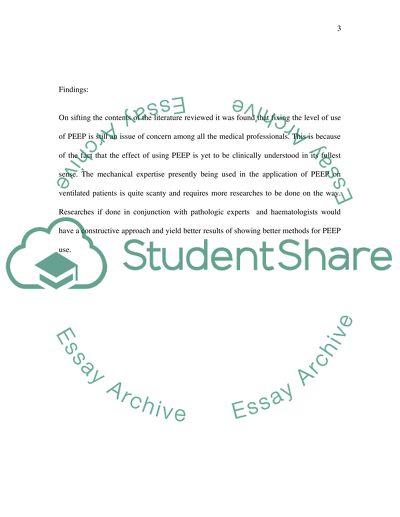Cite this document
(Use of PEEP in Ventilation Research Proposal Example | Topics and Well Written Essays - 1750 words, n.d.)
Use of PEEP in Ventilation Research Proposal Example | Topics and Well Written Essays - 1750 words. Retrieved from https://studentshare.org/medical-science/1538781-use-of-peep-in-ventilation
Use of PEEP in Ventilation Research Proposal Example | Topics and Well Written Essays - 1750 words. Retrieved from https://studentshare.org/medical-science/1538781-use-of-peep-in-ventilation
(Use of PEEP in Ventilation Research Proposal Example | Topics and Well Written Essays - 1750 Words)
Use of PEEP in Ventilation Research Proposal Example | Topics and Well Written Essays - 1750 Words. https://studentshare.org/medical-science/1538781-use-of-peep-in-ventilation.
Use of PEEP in Ventilation Research Proposal Example | Topics and Well Written Essays - 1750 Words. https://studentshare.org/medical-science/1538781-use-of-peep-in-ventilation.
“Use of PEEP in Ventilation Research Proposal Example | Topics and Well Written Essays - 1750 Words”. https://studentshare.org/medical-science/1538781-use-of-peep-in-ventilation.


